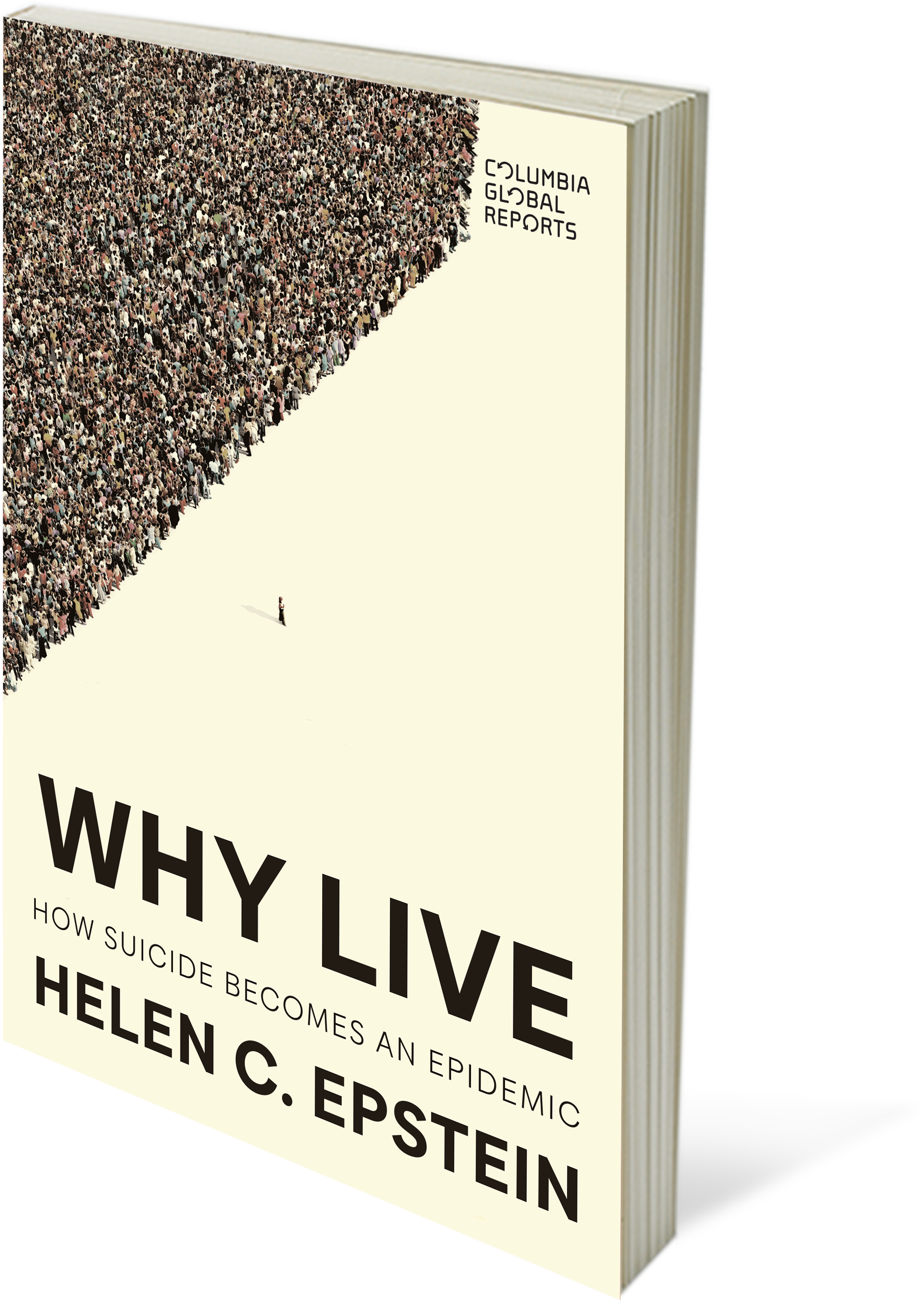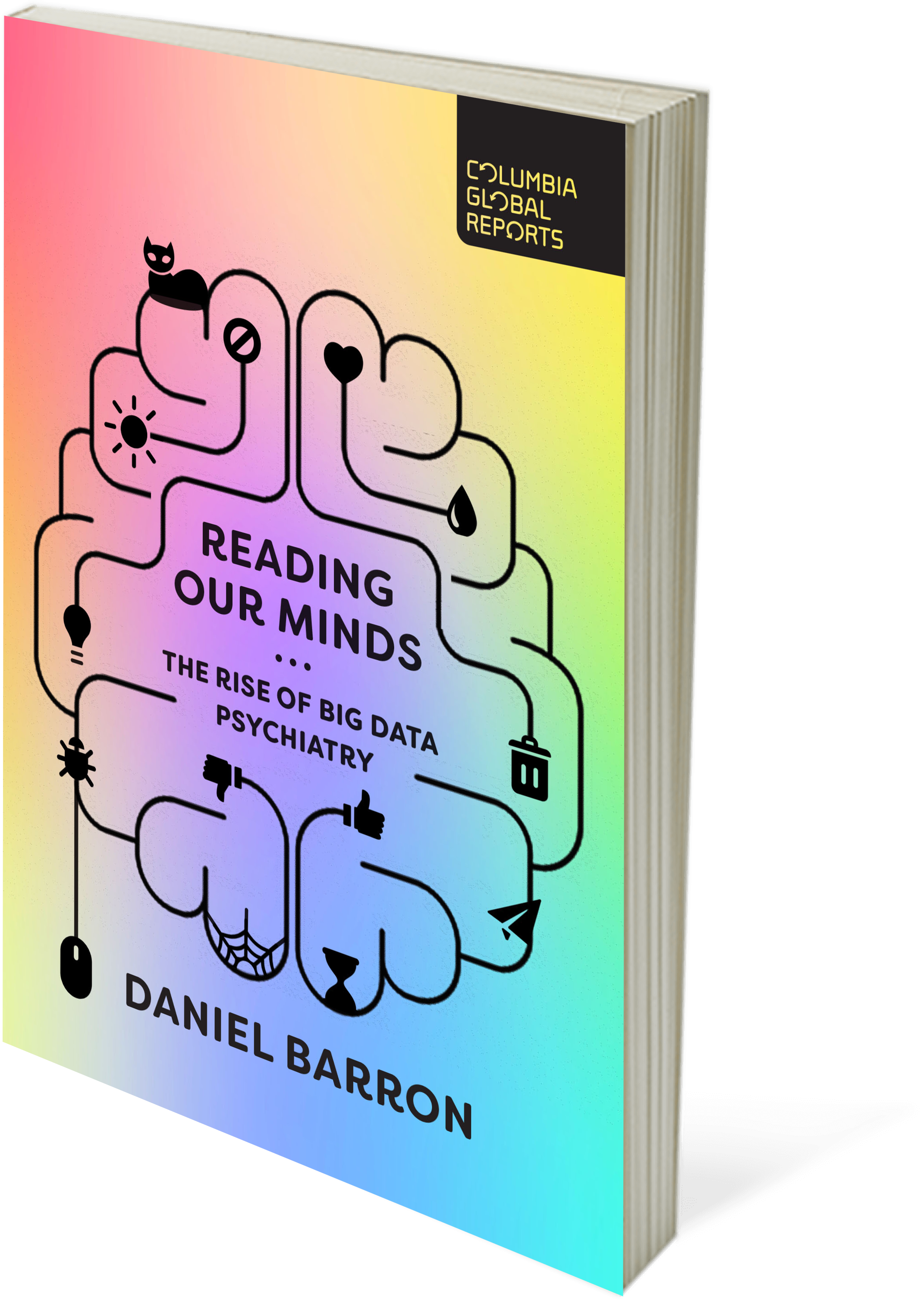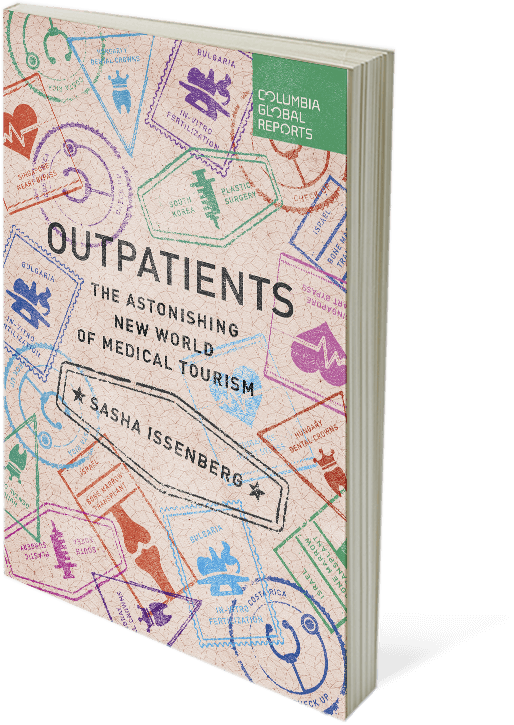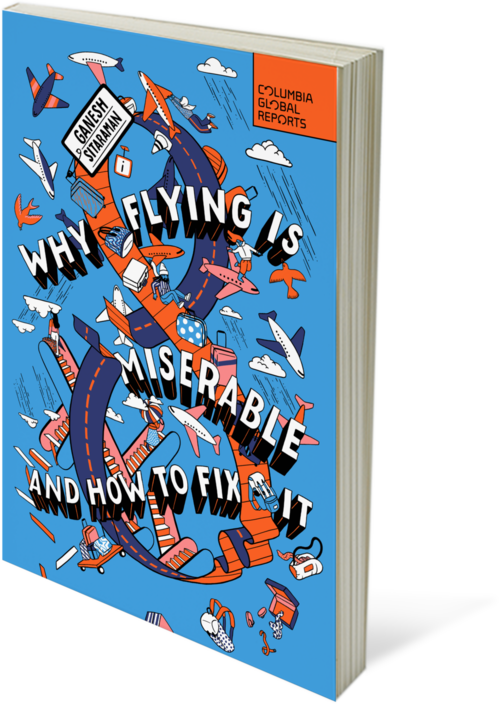Why Live
How Suicide Becomes an Epidemic
By Helen C. Epstein
When the suicide rate of a particular group jumps by fourfold or more in a short time, it is categorized as a suicide epidemic. What is causing these epidemics? In Why Live, public health researcher Helen C. Epstein finds that something in the changing social environment in which people live can make them suddenly question their most intimate attachments.
$18.00
ISBN: 9798987053744
ebook ISBN: 9798987053751
On Sale: September 9, 2025
Pages: 176

Overview
What causes suicide epidemics—and how can we prevent them?
Many suicides are caused by biological mental illness, but sometimes the suicide rate of a particular group jumps—two-, three-, or even ten-fold—in a short time, behaving like an epidemic. Suicide epidemics unfold more slowly than microbial plagues like flu or malaria, but they happen far too quickly to result from genetic changes and affect far too many people to be explained away as spontaneous cases of brain injury.
These epidemics have occurred in America’s rustbelt towns, Russia’s cities, and indigenous communities from the Arctic to the Pacific Islands. They tend not to be associated with wars, poverty, or environmental disasters but with a rupture in the social environment so profound that people come to question their most intimate attachments. The mental pain that drives suicide has been likened to the flipside of love, but if so, how does love suddenly disappear—or seem to—from the lives of thousands of people at once? In Why Live, public health researcher Helen C. Epstein sets out to find the answer.
No Upcoming Events
Also by Helen C. Epstein
Another Fine Mess: America, Uganda, and the War on Terror
In this powerful account of Ugandan dictator Yoweri Museveni’s 30 year reign, Helen C. Epstein chronicles how Western leaders’ single-minded focus on the War on Terror and their naïve dealings with strongmen are at the root of much of the turmoil in eastern and central Africa.

Be the Most Interesting Person
in the Room
Subscribe to Columbia Global Reports
Find new ways of looking at the world with Columbia Global Reports. Our $85 subscription includes six paperbacks mailed in advance of publication directly to your doorstep.







